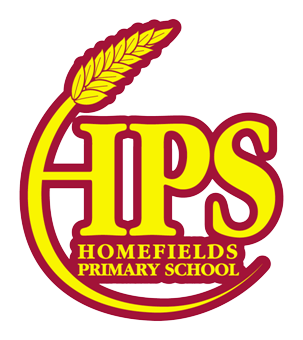Phase 1 Games
Listening walk.
Go on a walk and listen for as many different sounds as you can hear. Can you recall the sounds you heard?
Socks and shakers.
Fill socks with different items (eg. Pebbles in one, dried pasta in another and milk bottle lids in another). Tie up the socks so the items don’t fall out. Can your child guess what is in the socks by the way they feel and the sounds they make when shook?
What made that sound?
Show your child a range of instruments and let them hear the noises they make. Hide the instruments in a large bag or behind a sheet. Play an instrument (without your child seeing). Can they say what instrument they heard?
Instruments.
Let your child explore the sounds they can make with instruments. Can they describe the sound? Eg. Jingly, rattling, banging.
Can they change the sounds the instruments make? Eg. Louder, quieter, faster, slower.
Copy a sound pattern.
If you show your child a pattern of sounds (eg pat knees, stamp foot, pat knees and click fingers) can they remember and repeat the sound pattern themselves?
Rhyming words.
Can your child hear and say the rhyming words in stories and rhymes? Eg. Humpty Dumpty sat on a wall, Humpty Dumpty had a great .....?
Rhyming - odd one out game.
You can draw or collect objects from around the house. 3 of the objects need to rhyme and one does not. Can you child identify the odd one out?
Silly soup.
Collect items that all start with the same sound to add to your own silly soup. Eg, sock, soap, slipper
I spy.
Play I spy to encourage your child to spot objects that start with a given initial sound.
Sort objects by initial sound.
Voice sounds
Show children how they can make sounds with their voices, for example:
■ Make your voice go down a slide – wheee!
■ Make your voice bounce like a ball – boing, boing
■ Sound really disappointed – oh
■ Hiss like a snake – ssssss
■ Keep everyone quiet – shshshsh
■ Gently moo like a cow – mmmoooo
■ Look astonished – oooooo!
■ Be a steam train – chchchchch
■ Buzz like a bumble bee – zzzzzzz
■ Be a clock – tick tock.
Sounds to stories.
when reading a story with your child, encourage them to make sound effects. This could be done by using their voice or their body. Eg. Stamping, clapping, clicking their fingers.
Syllables in words.
Can you clap the number of syllables in a word? You may want to clap the syllables in names. Eg Ben has 1 syllable so is 1 clap. Mummy has 2 syllables so is 2 claps.
Sound talking. (Oral blending and segmenting)
Give your child lots of opportunities to sound talk words whilst using their robot arms. This is simply segmenting a word in to it’s sounds. Eg c-a-t.
Also give your child lots of opportunities to hear you sound talking words so they can practice blending the sounds to hear a word.
Cross the river.
Choose a selection of objects/pictures with two or three phonemes as above. Make a river across the floor with a piece of material/chalk lines. Line up the objects/pictures on one side of the river, with your child standing next to them. You can then call out the name of an object in sound-talk (e.g. p-e-g) Can your child blend the sounds to make the word? If so they can pick up that object/picture and take it across the river. Keep on going until all the objects are across the river.
Which one?
Lay out a selection of familiar objects/pictures with names that contain three phonemes (eg. Pig, duck, dog, cow). Check that your child can recognise each object. Ask your child to listen carefully while you say one of the objects in sound-talk. Can your child blend the sounds to hear the word?
